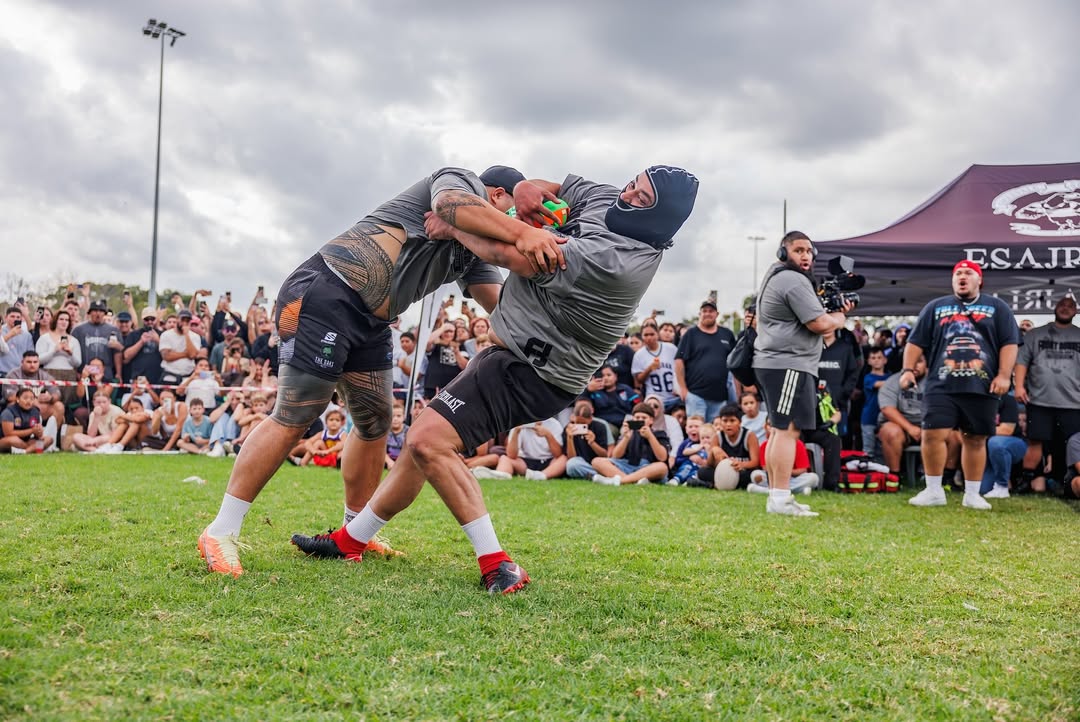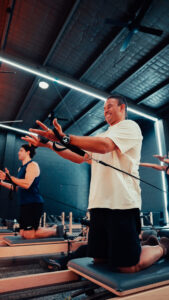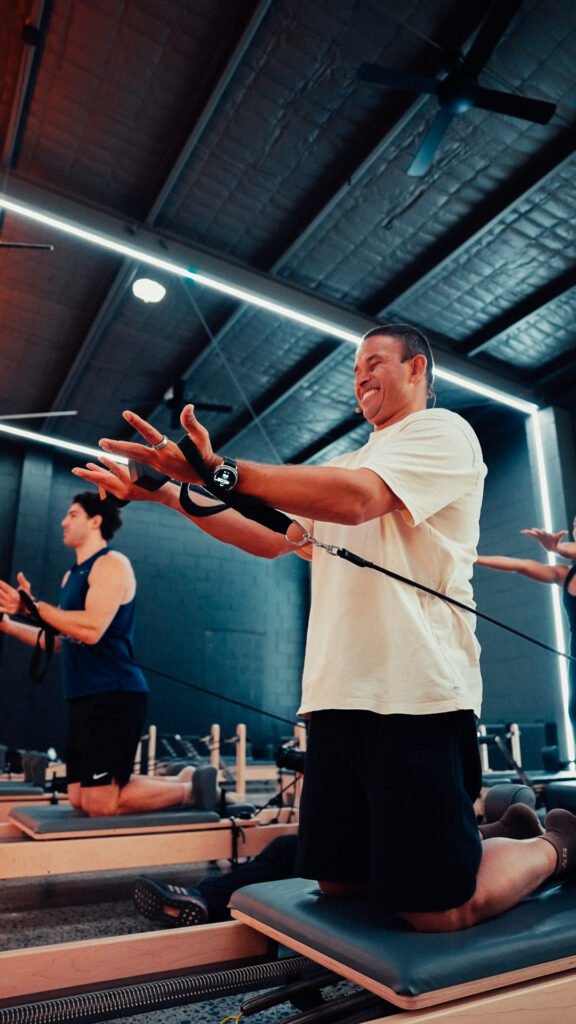IF YOU’VE BEEN on the internet recently, you might’ve encountered something called the ‘Run It Straight’ challenge during a social media scrolling session. The precise rules – if there are any – vary, but the premise remains the same: two people line up, ten or so metres apart with no pads or protective gear and sprint toward each other at full speed. The ensuing bone-crunching, thud-producing collision determines the winners, with the losers often left sprawled on the ground in varying states of distress.
The Run It Straight challenge is the latest viral test of toughness in a society that frequently mistakes recklessness for bravery. It’s got all the hallmarks of a modern online trend: peer pressure, high-impact visuals and the all-important threat of serious harm under the guise of harmless fun.
But this isn’t a harmless stunt. The challenge has already cost one person their life, and serious injuries are frequent. Experts say it’s only a matter of time before more deaths follow. Here, we break down everything you need to know about the rugby drill turned global trend – including why experts say you should never do it.
What is the Run It Straight challenge?
As we’ve said, the rules are simple. Two people line up about ten to 20 metres apart. At a signal, they sprint toward each other and collide at full speed. There’s no dodging or protective gear allowed, and the goal is simply to see who can stay on their feet.
The challenge borrows from rugby league bravado, where the phrase ‘run it straight’ dares players to charge directly into defenders without flinching. But in that setting, players are trained, conditioned and wearing at least some protective equipment. This isn’t that. This is high-speed human crash testing in backyards, parks and even the occasional arena.
Why are people doing the Run It Straight challenge?
That’s the million-dollar question. On an amateur level, it’s a test of toughness that appeals to young men looking to prove their courage. The allure of online fame can also be enticing, with potential for a viral video to cause an uptick in social clout.
There are also emerging financial incentives, with competitions offering cash prizes. The Runit Championship, which advertises itself as the “home of collisions”, has been holding events across Australia and New Zealand in the lead-up to a final that will reward the winner with a $200,000 prize.
With that sort of money on offer, it becomes easier to understand why some are willing to put their body on the line. Why a bunch of inebriated rugby league fans would charge down a hill at Sydney’s Brookvale Oval, only to be put on their backs, is more difficult to explain.
@9newssydney Manly supporters have gotten in on the controversial "Run It Straight" trend, but the professionals have a clear message for NRL fans. #9News ♬ original sound - 9News Sydney
What are the risks of the Run It Straight challenge?
As the death of 19-year-old New Zealander Ryan Satterthwaite last week showed us, Run It Straight’s consequences can be fatal. Satterthwaite suffered a traumatic head injury during a Run It Straight attempt and later died in hospital.
What makes Run It Straight so dangerous is that unlike in a combat sport, there’s no chance to block or defend yourself. And unlike a car crash, there’s no seatbelt or airbag to absorb impact, just two people crashing into each other with nothing but their skulls and spines to absorb the blow.
Doctors and neurologists are sounding the alarm. “What you have is two large men running at each other at almost 25 to 30 kilometres an hour, but not stopping,” concussion expert Alan Pearce, a professor at Melbourne’s Swinburne University, told the Sydney Morning Herald. “This is just pure collision with the idea of knocking out the opponent, which is the main concern that we have here from a brain injury perspective.
“You do not need a direct impact to the head in order for a brain injury to occur. It only requires what we call an impulse force travelling to the brain,” Pearce continued. “We have some real concerns around what is known as second impact syndrome where an impact on the brain can put it into vulnerable state, and then a short time after if they get another hit to the brain it will certainly result in death.”
Headsafe founder Dr Adrian Cohen has also called Run It Straight a “stupid idea”. “We certainly don’t like activities that create pain, that create damage and that fundamentally are designed to hurt people,” he told 9 News. “We probably need a ministry of common sense, because this would be the very first thing to be chucked out.”
As for why Run It Straight is even allowed, NSW Wales Sport Minister Steve Kamper weighed in. “It’s not a sport. It’s not a combat sport. We can’t legislate against every bad idea,” he said.
What kind of injuries can happen in Run It Straight?
Common Run It Straight injuries include concussions, spinal damage, broken jaws, fractured ribs, dislocated shoulders and brain haemorrhages. As previously mentioned, one documented death has already occurred due to a traumatic head injury.
Is Run It Straight an organised sport?
Not in the traditional sense, with an overarching governing body and widespread set of rules, but there are organised competitions for Run It Straight. The Runit championship has been holding trial events across Australia and New Zealand in the lead-up to a final showcase with a $200,000 prize.


















